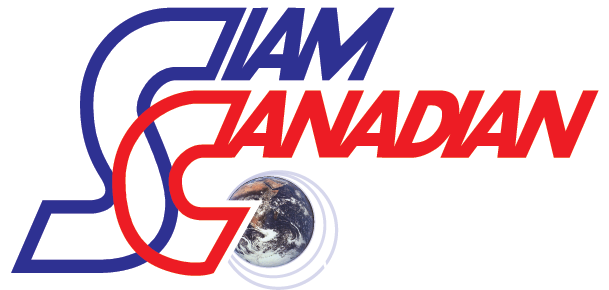Published: 09 April 2013
Elisabeth Fischer
As EMS still ravages through Thailand, European vannamei buyers are plagued by continuously mounting prices.
European shrimp importers are bemoaning high shrimp prices, triggered by a drop in production as a result of the early mortality syndrome (EMS) which has been depleting output in Thailand since last year.
“Importers are bleeding at the moment, and everyone is going to see big losses,” one European buyer told IntraFish. “If this situation continues it could have serious consequences for some.”
Prices on April 5 leaped to THB 205 (€5.4/$7) for 60 pieces per kilogram — a 43.3 percent hike from Dec. 24 when vannamei prices were THB 143 (€3.8/$4.9), Jim Gulkin, managing director at Siam Canadian, said.
For 70 pieces vannamei per kilogram prices climbed from THB 136 (€3.6/$4.7) on Dec. 24 to THB 193 (€5.1/$6.6) last Friday, he told IntraFish.
“This is a huge jump in raw material prices,” he said.
With European importers readying to purchase their raw material for their summer activities, problems arise. “The product is either not available or horrendously expensive — we have issues with product availability.”
Those businesses which do decide to buy Thai vannamei are facing issues of passing on the high prices to their clients, due to fixed-price contracts with companies or annual prices for retailers.
As a result, some could decide to reduce their imports and to curb promotions for the product, he said.
Gulkin is echoing the importer’s conclusion, saying “that is simply inevitable. That holds truth for Europe as well as the United States and Canada.”
“With these price levels the product becomes less interesting and they start to look at other products more worthwhile to promote,” he told IntraFish. “Overall consumption will drop because world production will be down this year.”
EMS diminishing Thai production
Production levels in Thailand dropped drastically in the past years, mainly due to the EMS disease.
Production levels in 2010 were somewhat around 650,000 metric tons of head-on raw material. “It dropped in 2011 and it dropped again in 2012 to around 450,000 to 500,000 metric tons,” said Gulkin.
“This year, I think if we hit 400,000 metric tons — and then we’ll be doing very well,” he told IntraFish. “If things do not turn around it could be closer to 300,000 metric tons.”
Researchers recently have made some steps towards identifying the cause of the disease, believing it is a bacteria rather than a virus, coming “from the broodstock to the hatcheries.”
“By mid to end-April we might have an idea whether the corner has been turned on this, whether there is some kind of resolution in sight,” he said. “We may have good news or not.”
There might be a boost in production in the second half of the year if researchers actually come up with a solution, he said. Nevertheless, it is not going to balance out the market straight away.
“If we don’t find a solution soon, availability of shrimp will further decrease,” also said the European importer.
Asian, Ecuadorian prices going up
Also other Asian countries, including Vietnam, India, Indonesia and China a struggling with disease, but to a lesser extent. Nevertheless, prices are rising throughout Asia, Gulkin said.
“It [the situation in Thailand] certainly has influenced prices from other shrimp producing countries,” he said.
Dalsgaard Magni, sales director at Danish Albatross Seafood concurs with Gulkin, saying it is effecting the whole market. The company, which imports Chinese shrimp into the Russian market, is preparing to pay a higher price, with the new Chinese season starting in June.
“Chinese prices are rising,” he said. “We were expecting that and bought inventory during the high season.”
Gulkin said he is “reluctant to get too optimistic about the EMS findings.”
“This is such a big thing and even if they have figured out the problem I have my doubt they can turn around quickly and get such a big jump in production,” he told IntraFish. “No matter what, this year is a loss, it’s a write-off for Thailand.”
“We’re just hoping that in 2014 things are back on track and production is back to normal.”
Source:
Contact us for more formation:
Email: info@siamcanadian.com



